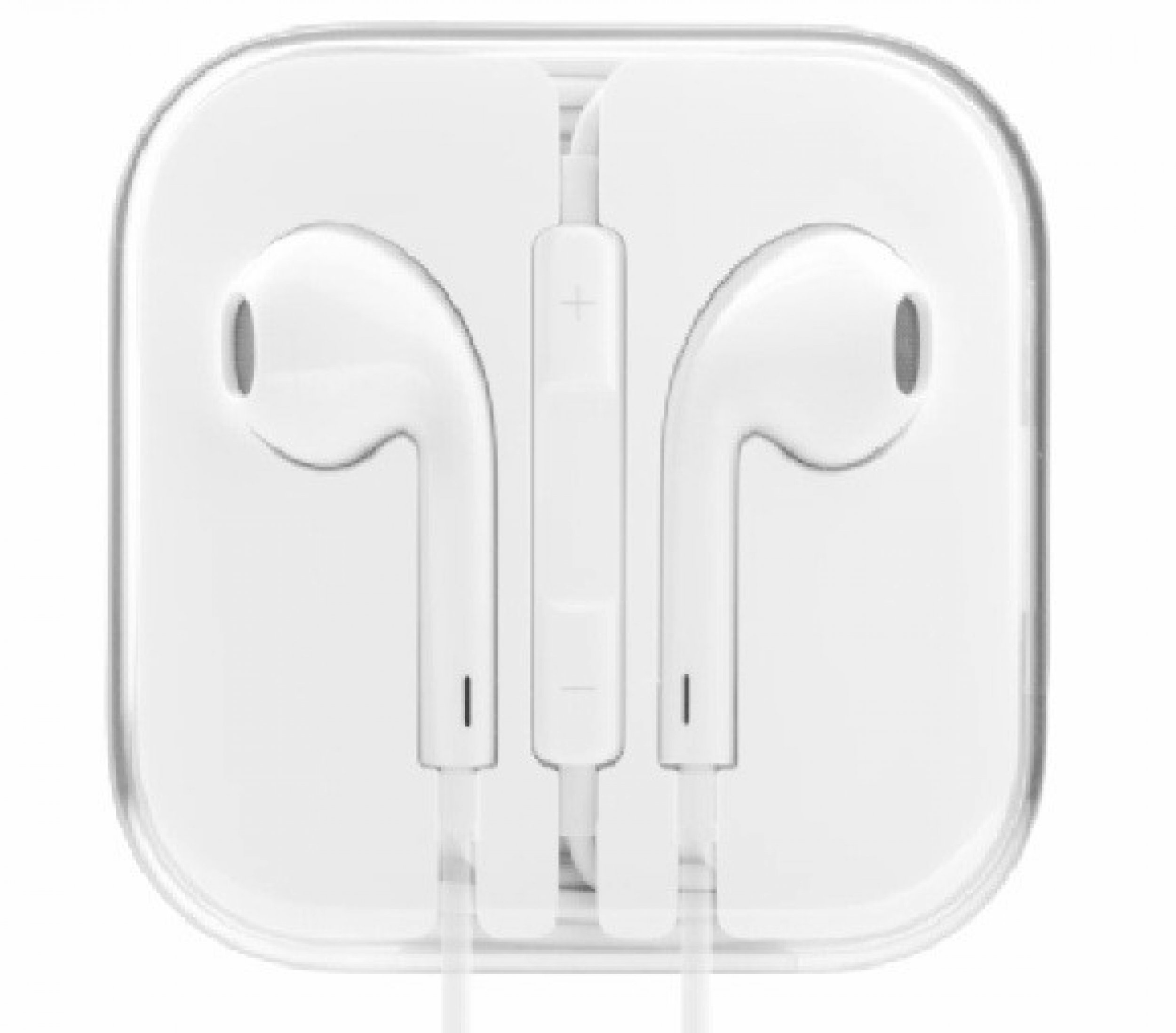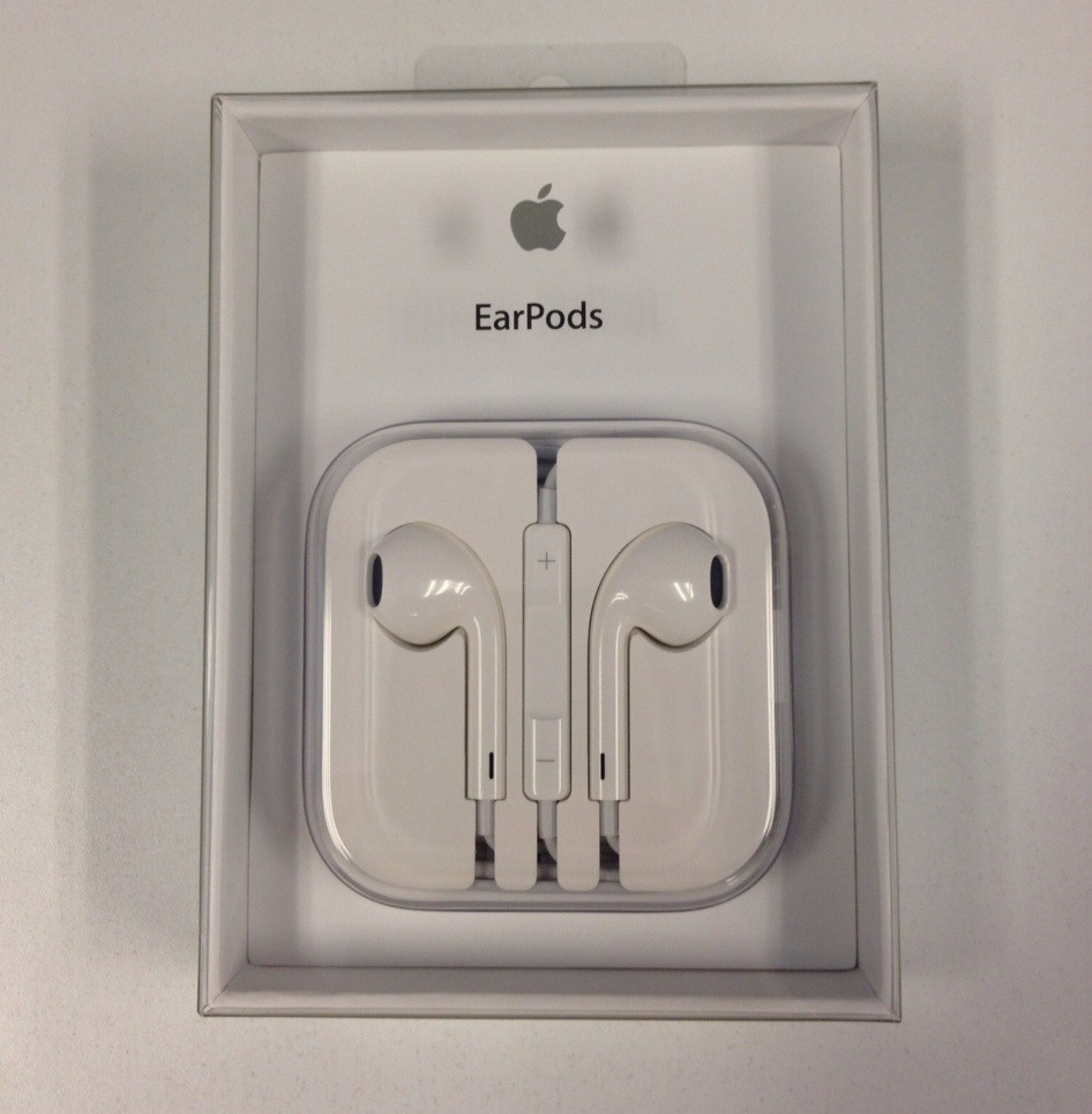Apple EarPods Review: Earbuds, We Hardly Miss Ye [UNBOXING PHOTOS + VIDEO]
Since 2001, every iPod, iPhone and iPad has come with a pair of Apple's signature white earphones, "the earbuds." Apple has sold more than 600 million earbuds over the last 12 years - 1.2 billion little speakers - but the main accessory responsible for the iOS listening experience has seen few upgrades until now.
The first earbuds were very basic and featured no controls. Eventually, the earbuds gained a remote and a microphone, but the design of the earbuds themselves were largely untouched until last Wednesday's media event in San Francisco. After Apple unveiled its sixth-generation iPhone 5, the seventh-generation iPod Nano and the fifth-generation iPod Touch, Apple's VP of iOS and iPod product marketing Greg Joswiak announced the first major redesign to the earbuds, now called "EarPods."
"Apple, I don't think a lot of people of realize, is one of the biggest providers of speakers in the entire world," Jos said. "Think about it: Sound is so important to our product, we integrate sound and speakers in just about every product we do ... Doing a great headphone is hard because ears are really, really challenging. Everybody's ears are different, but you gotta make one size fit all."
For three years, Apple set out to create a speaker that was comfortable, secure, and provided one of the best audio experiences around. They were three years well-spent: These EarPods are incredible, and they're far superior to any audio experience Apple has created thus far.
A Listening Experience
Audio is incredibly crisp and clear. I'm hearing parts of songs I'd never heard before. Songs are so clear, and outside sound is shut out perfectly. But what's truly incredible isn't the sound of the EarPods when they're in, but the absence of sound when they're out.
One of the biggest issues with Apple's old earbuds was their penchant for broadcasting whatever you listened to with everyone around you. Not so with the EarPods: Push your volume to full blast and take them out of your ears, and you won't hear a thing.
This inability to hear the EarPods when they've left the ears is an ingenious feat of Apple engineering. Despite the pressure created by sound traveling up the earphones themselves, Apple was able to strategically create release points along the headphone but still channel all of the sound through a much more narrow passage, making it great for ears but bad for the open air - in other words, ideal.
Jony Ive, Apple's lead designer, explained in a promotional video how the EarPods are superior at directing sound into the ear canal:
"To optimize the acoustics, we've built in a series of ports, each with its own unique purpose," Ive said in the Apple video. "A port in the back tunes midrange frequencies and provides a consistent listening experience from one person to the next. To provide rich, powerful bass, we've built ports into the stem that actually work in sympathy with the speaker. By letting airflow in and out of the acoustic chamber, they relieve pressure and allow the speaker to allow more freely, producing greater, low-frequency sound."
The EarPods sound even better than they sound. The outside world gets simply left behind. Bass is far deeper and more satisfying than what was produced from previous earbuds, but the overall sound experience is perfectly balanced. It's right up there with the best earphones - in-ear or over-ear - on the market.
If you own the EarPods and you want to listen to a song that takes advantage of the full range of sound, take a listen to this new release by J. Cole, "I'm A Fool," embedded below.
Durability and Security
The circular design of the earbuds was a simple design that Apple believed could appeal to the vast majority of listeners; the design made sense at first, but over time, the design's flaws began to show themselves.
The circular design may have been a simple solution for a complicated problem, but while satisfactory, the earbuds often fell out of one's ears, especially with a minimal pull. Apple wanted to solve this stability issue in the new earbuds but still make them a comfortable fit in the ear.
"Everything about [the EarPods'] design is focused on delivering incredible sound and comfort," Ive said. "As part of an exhaustive research and development effort, we three-dimensionally scanned hundreds of ears and looked for a commonality. From that, we were able to determine a common volume. This was our starting point to developing a form to fit a broad range of ears."
Apple said on its website that the company tested more than 100 different versions and models of the EarPods with more than 600 people, and in a variety of conditions too.
"Testers ran on treadmills in extreme heat and extreme cold. They performed various cardio workouts. They were even asked to shake their heads from side to side, up and down. The result: Apple EarPods provide stronger protection from sweat and water, and they're remarkably stable in the ear. Which means they stay in, even when you're on the go."
In early testing of these EarPods, the new earphones are remarkably stable but not too tight. They sit comfortably and resist the minor tug of the cord, but my ears don't feel like they're plugged up with something unnatural. The outside plastic is smooth and snug.
To ensure the EarPods don't get too much tugging however, Apple extended the length of the cord itself an extra three or four inches just so the line never gets too taut.
Conclusion
These EarPods have everything you want in a headphone. They're simple, small, stylish, stable, and best of all, the listening experience on these babies is second to none.
The headphone is simply ideal in almost every way. It doesn't reach too far inside your ear canal, but it doesn't require a large ridiculous headset either. The sound quality matches, if not exceeds, the quality on devices like these, and yet it's far more comfortable to wear these than any other headphone.
The EarPods can be described in so many words, but what they really are is extremely efficient. And at $29, they're also a steal. The EarPod has effectively done to headphones what the iPod did to music players. It's simply a no-brainer.









© Copyright IBTimes 2024. All rights reserved.






















